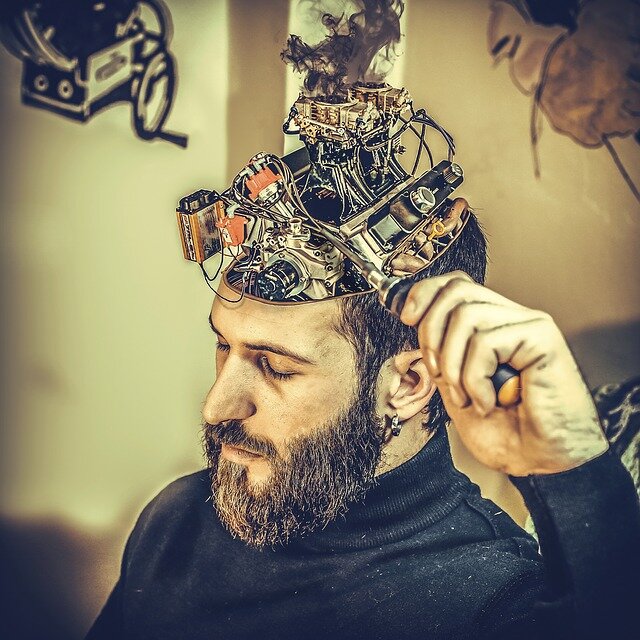One of the tenets of the Singularity is that we’ll be able to upload our brains to a digital afterlife, escaping the confines of our current bodies. This is also one of the key drivers of the desire to create human-level awareness in AI; it has to be as intelligent, aware, and soulful as us if we’re going to digitize our souls. You even see lesser versions of this, such as the “Black Mirror” episode where a woman underwent surgery to create a digital copy of herself to act as her assistant.
Whether you’re a fan of fantasy or science fiction, mind-reading is a staple of the genre. Let me go for a walk through your mind to better understand you, try to fix you, or get key information to complete my mission.
Both telepathy and mind-uploading are challenging for the same reasons – the basic biology of the human brain.
The blank slate theory of the brain is a major belief and justification for liberal political demands; it says we’re all a blank slate and if we totally reform society to create the perfect set of inputs, you’ll get perfect people. This was probably an over-reaction to the horrors we finally admitted eugenics created in World War 2. Yet science is proving the “blank slate” theory wrong on many counts. Intelligence and personality are largely heritable. Environmental factors from prenatal exposure to alcohol to a blow to the head to malnutrition alter the brain, but that reduces our capacity. It doesn’t dramatically alter how things work unless it is attempting to wire around damaged parts of the brain.
Instead, the human brain seems to be pre-wired in many areas. Nutrition, environment and socialization will determine how thick those pathways are and whether it turns a little more one way or the other. It takes radical trauma to totally rewire things.
Initially, that would suggest that you could create plug-and-play neural interfaces. Unfortunately, the sheer variation in how we’re all raised on top of the variation based in biology makes that pretty unlikely. No one has the same sets of memories. We certainly don’t have the same filing system for where we store the image of our favorite caregiver and the emotional associations with various words. Yet brain uploading requires converting all of the data like images and sounds plus emotional overlays that define our personality. Each case is a chaotic mix of data stored on its own unique piece of hardware. Even exact biological copies won’t have the same “hardware” as demonstrated by identical twins where one has a mental illness and the other doesn’t.
Realistically, you can’t upload people’s minds unless you went the “Altered Carbon” route such that all the experiences were recorded by a device specifically designed for that purpose and did it for their lifetime. And no one currently alive has access to this type of technology, nor are we anywhere near its introduction.
The same structural imperfections and variety make telepathy impossible. Let’s set aside the fact that there isn’t room in the brain for a biological radio frequency transmitter and receiver. Instead, we’ll look at that chaotic and unique collection of impulses and imprints that’s the human brain. If I sent a query to a computer, it has protocols to follow to process the inquiry and send a response. But if I send a telepathic order “imagine Grandma”, the concepts of imagine and Grandma may be a little vague. Are you going to imagine one grandparent or the other? At what age? Or will it be a generic stereotype of a grandmother? Or are we going to think of a Norman Rockwell painting where Grandma is serving turkey? Lots of potential outputs, each unique. Next are the emotional associations with the memory. Is the person going to feel happy at the thought of grandmothers in general or mourn the passing of their favorite grandmother? The sheer variety of potential reactions coupled with the difficulty of the telepath processing all of it in addition to their own reactions to it makes telepathy too difficult.
This doesn’t mean we couldn’t theoretically have a form of telepathy. It could take the form of text messaging to a specific person but relaying sub-vocal words as text to someone who sees it an ocular implant. But it won’t be mind-to-mind. Instead, it is enabled by the same formal, logical rules behind programs and rather consistent, universal technologies. Or we could take the shorter route and just use Periscope to tell people what we think and feel then and there.
****



Comments
Leave a Reply